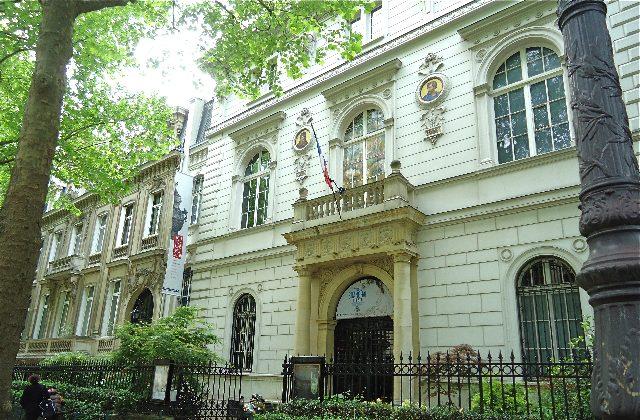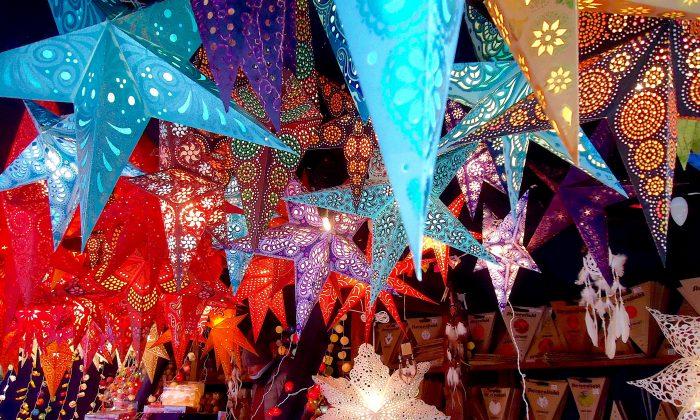When Enrico Cernuschi (1821–1896) was forced to flee his home in Milan after the revolution of 1848, he settled in Paris.
An astute businessman, he went on to make a fortune in banking but his first love was art. Between 1871–1873, he traveled around the world and became obsessed with the art of Asia.
In China and Japan Cernuschi acquired nearly 5,000 rare antique pieces and on his return to Paris, he built a mansion near the Parc Morceau in the heart of the city to display his collection.
In 1898 shortly after his death, the Musee Cernuschi opened, focusing principally on the art and archaeology of China. Later curators added pieces from Korea and Vietnam and today, the museum houses one of the largest collections of Asian art in Europe.
Visitors to Paris interested in Asian art generally head for the better known Musee Guimet in the 16th arrondissement, a repository of some 60,000 items, but those in the know include the Musee Cernuschi, one of the city’s hidden gems.
From the Chinese Neolithic to Japanese graphics to the exquisite pottery of the Ly and Tran Dynasties of Vietnam, the museum offers a crash course for visitors in the beauties and subtleties of classic Asian art.
Visiting the Galleries
Galleries on the ground floor are generally dedicated to temporary exhibitions and on the day I was there, the exhibit featured the paintings of Qing Dynasty artist Ren Xun (1835–1893).
One of his more interesting works on display was a portrait of the art collector Wu Dacheng sitting in a room of his house surrounded by tiny painted reproductions of each of his most valuable pieces.
The work seemed to mirror the home of Cernuschi, himself. The painting was an innovative and amusing way to present a picture of the collector in the midst of his own art inventory. In an adjacent example, Ren Xun had taken a leaf from the ancient art of the Shang Dynasty and used inked printing blocks to further memorialize Wu’s collection. Each image was a stamped picture and a description of the piece.
This exhibition flowed naturally into the rooms upstairs where the museum’s permanent collection is on display. From iconic Shang bronzes to carved wooden grave servants reminiscent of Egyptian ushabtis, visitors can walk from room to room and from dynasty to dynasty.
A giant statue of the Buddha oversees the beginning of an exhibit of artifacts from the Han Dynasty. Meticulous models of terracotta houses mix with carefully sculpted clay acrobats frozen in time doing hand stands on the lip of a painted container.
One of the liveliest exhibitions is of figures from the Tang Dynasty with their individualized faces and realistic poses. An orchestra of eight young girls, each mounted on horseback and playing a separate musical instrument, seems to move in procession down one side of the room.
On the other side, traditional glazed earthenware horses and Bactrian camels remind visitors of China’s historic ties to the Silk Road. Nearby, a terracotta figure of an Indian dancer with curly hair and ochre-painted sari is an example of the people and goods that traveled down the Silk Road to the Tang court at Chang’an.
In another room, a 14th-century wooden bodhisattva from the Ming Dynasty sat in meditation near an exquisite 11th-century marble Amitaba Buddha from the Liao, probably carved in northwest Hebei. Two exquisite gold face masks typical of the grave goods of the Khitan Dynasty of Liao (907–1125) seem to sleep in their glass case, the woman still wearing one of her delicate gold earrings, shaped like a cat.
From its classic 19th-century exterior, the Musee Cernuschi looks like the home of an affluent French businessman. But its classical European lines and Doric-columned portico are deceptive. Inside is another world, a treasure house that reflects one man’s passion for Asian art.
Susan James is a freelance writer based in Los Angeles. She has lived in India, the U.K., and Hawaii; and writes about travel, art, and culture.





